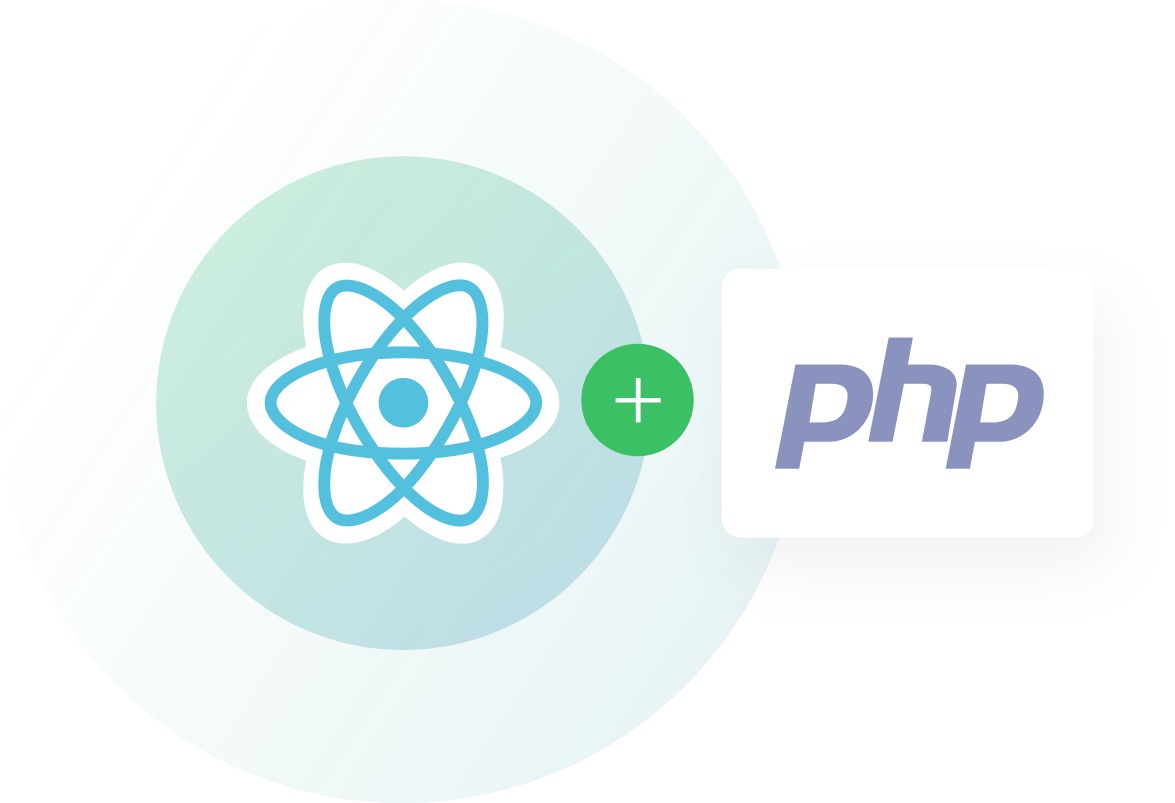In today's fast-paced online world, performance is king. Users expect immediate responses, seamless interactions, and lightning-fast page loads. When it comes to conversion rates, every millisecond of delay can spell the difference between a closed deal and an abandoned cart. This is where the dynamic duo of React and PHP shines. By combining React's dynamic interface with PHP's robust backend, developers can craft high-performance web applications that not only delight users but also boost your bottom line.
Why React and PHP?
React, with its component-based architecture and virtual DOM, excels at creating smooth and responsive user interfaces. PHP, on the other hand, serves as a powerful backend engine capable of handling complex data and business logic. Together, they form a synergistic pair that delivers high-performing, engaging, and ultimately, conversion-friendly experiences.
Understanding Performance Bottlenecks
The first step to optimization is diagnosis. Identify your app's bottlenecks using tools like Chrome DevTools and pinpoint areas for improvement. Common culprits include:
- Inefficient database queries: Overly complex queries or unnecessary data fetching can drag down performance.
- Unoptimized PHP code: Spaghetti code, poorly structured scripts, and excessive resource usage can hinder backend execution.
- Large JavaScript bundles: Unnecessary code in React bundles slows down initial page load.
- Inefficient network requests: Excessive data transfer, unoptimized APIs, and frequent server interactions can contribute to lag.
Optimizing the PHP Backend
- Database Tune-Up: Apply indexing strategies, optimize queries, and consider caching frequently accessed data.
- Caching Heroes: Leverage opcode caching, data caching, and full-page caching for significant performance gains.
- Asynchronous Advantage: Utilize asynchronous operations and background tasks to handle non-critical processes without blocking the main thread.
- Framework Power: Choose a performance-oriented PHP framework like Laravel or Symfony for built-in optimization tools and libraries.
- Scaling Up: Implement load balancing and server optimization techniques to handle increased traffic without performance degradation.
Enhancing React Performance
- Code Splitting Magic: Break down your React app into smaller chunks for faster initial loading and smoother user experience.
- Rendering Efficiency: Master techniques like virtual DOM manipulation, memorization, and lazy loading to minimize re-rendering and boost rendering speed.
- Bundle Busters: Minify and compress your React code to reduce bundle size and improve download times.
- Server-Side Rendering (SSR) to the Rescue: Render page content on the server for better SEO and immediate initial view, followed by client-side hydration for dynamic updates.
Optimizing Data Fetching and Communication
- API Design Delight: Design efficient APIs with minimal data payload and well-defined endpoints for smooth communication between frontend and backend.
- Data Format Finesse: Choose lightweight data formats like JSON or GraphQL to minimize network transfer overhead.
- Fetching Patterns with Panache: Utilize techniques like optimistic updates and pagination to minimize unnecessary data fetching and ensure responsive interactions.
Case Studies and Best Practices
Learn from the success stories of companies like Netflix and Airbnb, who have Outsource PHP development and leveraged React and PHP to build high-performance, conversion-optimized web applications. Take inspiration from industry experts who share their tips and best practices for building lightning-fast web experiences.
Monitoring and Maintaining Performance
- Continuous vigilance: Employ performance monitoring tools like New Relic or Pingdom to continuously track your app's performance metrics.
- Regression Reversal: Identify and address performance regressions promptly to maintain a consistently high-performing website.
- Budgeting for Speed: Implement performance budgets and alert systems to proactively identify and address potential performance issues before they impact users.
Conclusion
Developing high-performance React and PHP apps is an ongoing process, not a one-time fix. By continuously monitoring, optimizing, and learning from industry leaders, you can ensure your website delivers the speed, responsiveness, and seamless user experience that today's users demand. Hire full stack developers from one of the best outsourcing organizations and get all the tech expertise your project is demanding for. Remember, every millisecond gained translates to increased engagement, improved conversion rates, and ultimately, a thriving online business.


No comments yet